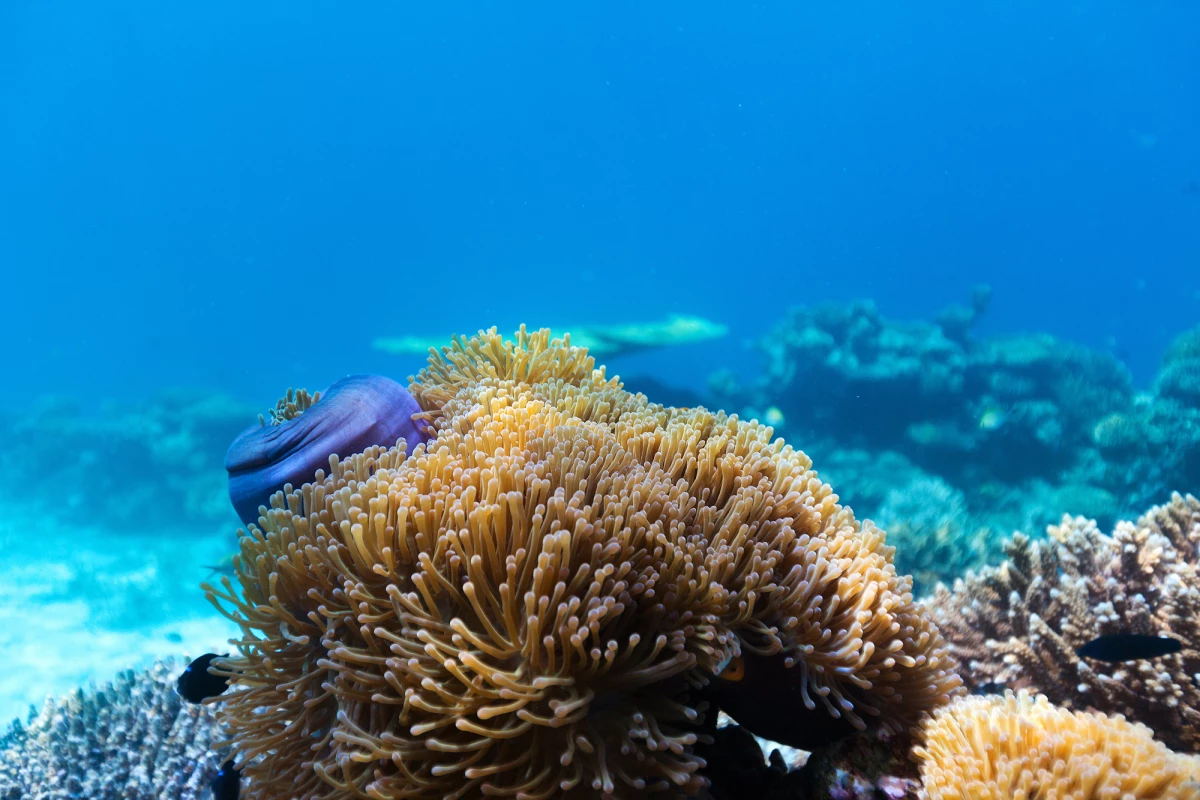Coral rely on a symbiotic relationship with algae to maintain good health. These algae live in their tissues and provide them with a source of sustenance and their colorful appearance. Severe bleaching events like those seen at Australia's Great Barrier Reef are grim evidence of what happens when that relationship breaks down. Scientists have now gained unprecedented insight into this phenomenon, making observations of coral cells engulfing algae for the first time ever.
A range of abnormal conditions can cause coral to expel the algae living in its tissues, including low tides, extra sunlight or pollution, but a major cause is warmer water as a result of a warming planet. A great deal of research focuses on making corals more tolerant to this threat, whether it's through transplants of helpful bacteria, probiotics or even deploying floating films to keep them cool.
The scientists in Japan behind these new groundbreaking observations were studying the most common type of coral found in tropical and subtropical reefs, in stony species from the Acroporidae family. In April this year, the researchers successfully cultured cell lines from larvae of these stony corals in petri dishes, and focused on one responsible for engulfing algae called IVB5.
Single-celled photosynthetic algae called dinoflagellates were then added to the petri dish, and the scientists watched on as the coral cells grew finger-like protrusions that appeared to reach out them. Over the course of 30 minutes, around 40 percent of the coral cells proceeded to swallow them up.
Over the following two days, the algae inside the cells was either broken apart into fragments of wrapped up in membrane-bound sacs. The coral cells that swallowed up the algae lived for around a month before dying. The scientists say this offers clues for how the symbiotic relationship may have kicked off thousands of years ago.
“It may be that originally, the ancestors of coral engulfed these algae and broke them down for food," says co-first author, Dr. Satoko Sekida. "But then over time, they evolved to use the algae for photosynthesis instead."
The scientists plan to explore this and other ideas through follow up experiments, which will involve electron microscopes to gain clearer view of the cells and algae in action. They'd also like to recreate the experiment in a more stable culture so the cells and algae can actually reproduce together.
“This would be very exciting as then we can ask new questions, like how the corals react when placed under stress,” says. Satoh. “This could give us a more complete understanding of how bleaching occurs, and how we can mitigate it.”
The research was published in the journal Frontiers in Marine Science, while the video below shows the process in action.




